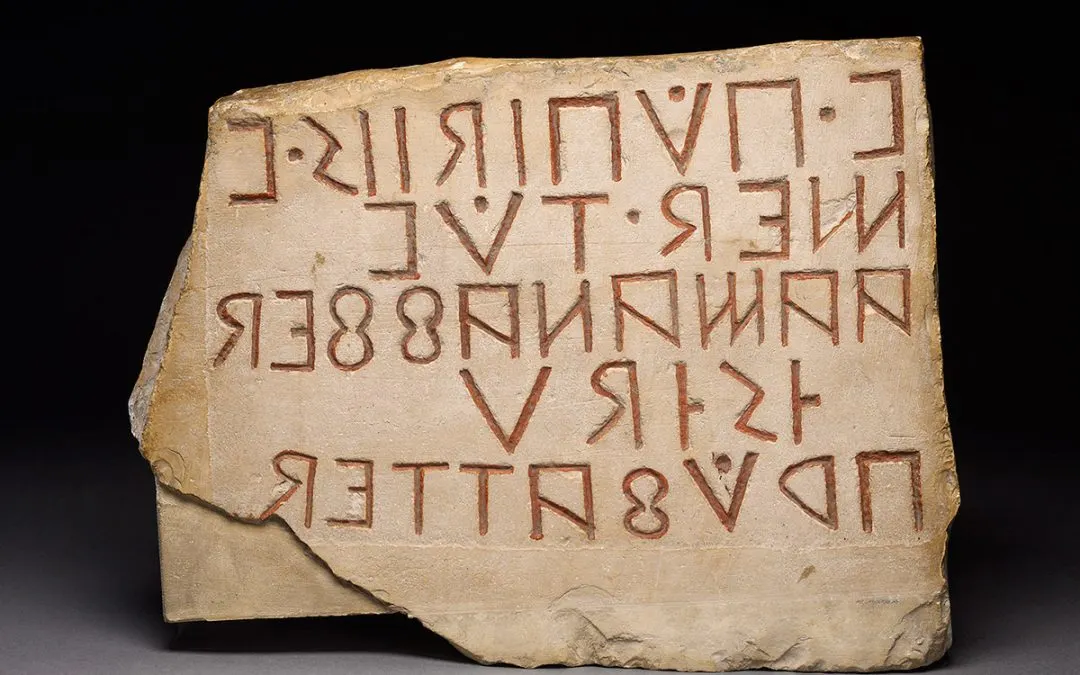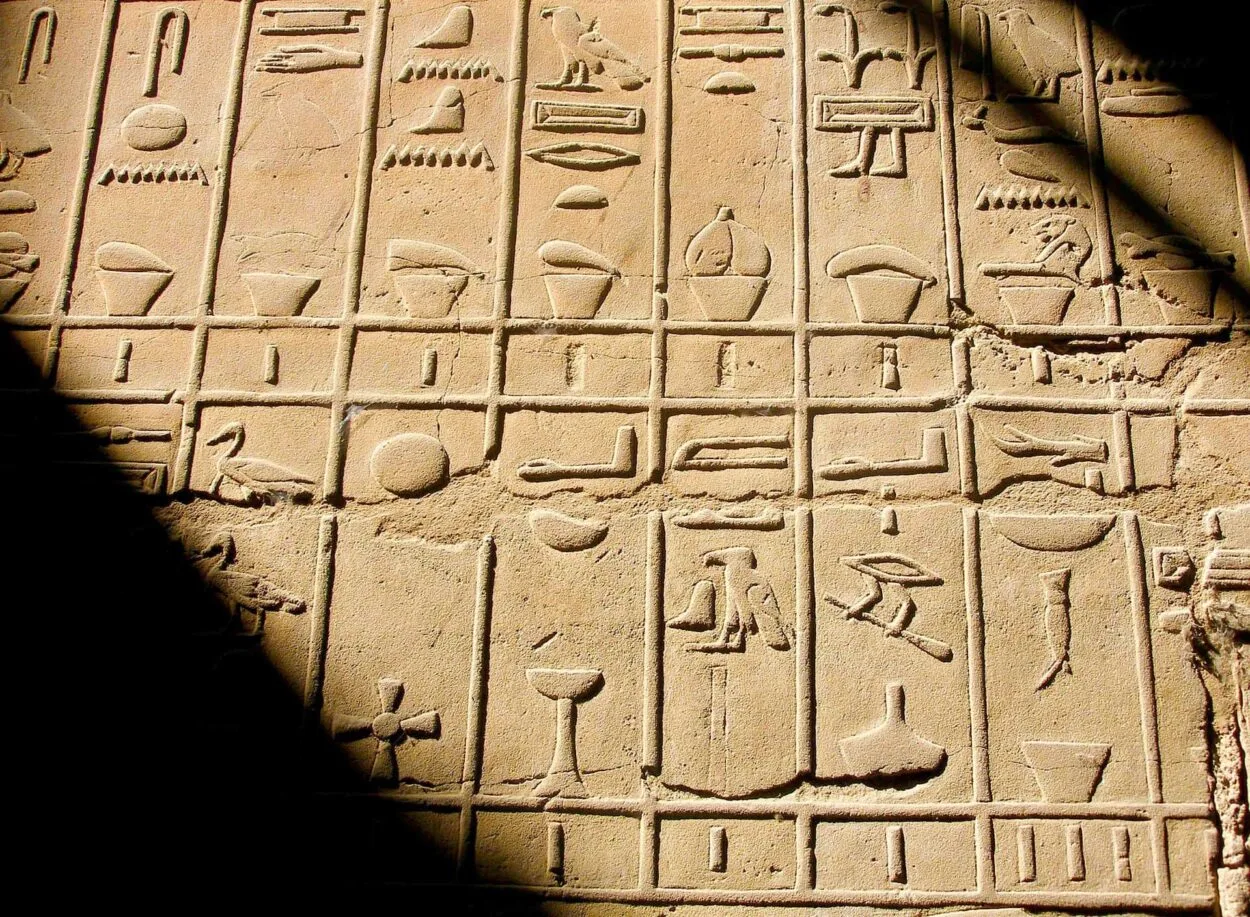Every nation has a unique language that reflects its culture and tradition and corresponds to nature and grammar that its population can readily understand and use.
Each language is beautiful because it allows for self-expression and provides the locals with a sense of individuality. Learning a language can help one access possibilities around the world.
The primary distinction between Aramaic and Hebrew is that the Aramaeans, who are Syrians, speak Aramaic; and the Hebrews, who are Israelites, speak Hebrew.
In terms of Northwest Semitic, Aramaic, and Hebrew share a lot of similarities in terms of vocabulary. The grammatical and lexical differences account for the distinction.
Keep reading to know more about Aramaic and Hebrew languages, along with their key differences. Let’s begin!
The Beauty Of Language
The goal of linguistic research is to better understand human language, particularly the degree and boundaries of linguistic variation.
Every language has many distinctive words, expressions, and regulations. Each language is absolute; you cannot understand it if you don’t speak it.
While language has the dreadful ability to separate us, it also has the fantastic ability to bring us together. We must value and appreciate language as well as the diversity it fosters.
The thing that propels us ahead in life is communication. Language has the power to provide us the privilege of speaking to one another’s souls, whether it is done so with a tongue twist, a peck of the hand, or an eye beam.
Some famous languages to learn and speak include the following:
- Chinese
- English
- Italian
- Spanish
- French
- Arabic
How Do Languages Differ?
Languages use a variety of sounds, may construct words in a variety of ways, and may combine words to build sentences in a variety of ways.
Speaking, writing, or signing are all considered to be forms of “language” in this context. We refer to the structured linguistic system of communication rather than the manner in which people can express meaning through their bodies, faces, or eyes.
Languages can have different dialects based on accents, vocabularies, and speech patterns. This may be due to social or geographic factors such as remoteness.
The term “lects” is occasionally used by linguists. This phrase describes how members of a speech community identify themselves in some manner via their speech, but not through social or geographic origins.
What Is Aramaic?
It was invented by the Arameans in antiquity. There have been several stages of its growth.
The modern spoken variations of the Aramaic language, which were retained and continued to develop within the dethatched communities throughout the Middle East, are included in the group of related languages known as Modern or Neo-Aramaic.
Arabic is now widely spoken throughout the Middle East. It was Aramaic in the past.
Aramaic was a language spoken by the people in that area, including the Babylonians, Syrians, Assyrians, and many other varieties.
Contrary to popular belief, Aramaic is not a dead language, despite the fact that it is not a country’s official language. Several Middle Eastern villages and traditional communities continue to use it as their original tongue.
What Is Hebrew?
Heber and Aram were the names of Shem’s two sons. The Hebrews and the Hebrew language originated in Heber.
The Northern Western group of Semitic languages includes Hebrew. Despite having been spoken in Palestine for many years, the Western variant of Aramaic superseded Hebrew by the third century BC.
Everyone is familiar with the Hebrew people, who are also the Israelites. Hebrew continues to amaze and draw people from all over the world because it is the language of the Bible.
In a nutshell, the majority of the ultra-orthodox will only use Hebrew for prayer and see it as a holy language.
What Is The Difference Between Aramaic And Hebrew?

Due to their use in the Bible, Aramaic and Hebrew are both considered to be holy languages. Both languages, which belong to the Afro-Asiatic family of languages’ Northwest Semitic subfamily, are widely spoken in Jewish communities.
As far as the differences are considered, there are many that separate them from each other. Due to their use in the Bible, Aramaic and Hebrew are both considered to be holy languages.
Over 220,000 Jews in the United States speak modern Hebrew, the official language of Israel, while Jewish Kurds and other minority populations in Iran, Iraq, Syria, and Turkey continue to speak Aramaic.
Israelis and Judeans spoke Hebrew, a Semitic language, during the time of the Old Testament. The only Canaanite language that is still used today is this one.
Aramaic is another old language that dates back more than 3800 years. Ancient Aram was a part of Syria in the Bible. The Aramaean city-states of Damascus, Hamath, and Arpad are where the Aramaic language first emerged.
As the country of Syria emerged, the Aramean states made it their official language, whereas Hebrew was the spoken language of the nations of Israel and Judah from around 1446 to 586 BC, and is used in the Bible and is known as Classical Hebrew or Biblical Hebrew.
What Language Did Jesus Speak?
Hebrew, Aramaic, and Koine Greek served as the Bible’s initial writing languages.
Except for the chapters mentioned above and the sections written in Aramaic, the majority of the Old Bible was composed in Classical Hebrew (Biblical Hebrew).
Jesus spoke many languages. Greek was the dominant literary language in His day, therefore He would have been familiar with it.
Although Jesus was capable of speaking Hebrew, his daily language would have been Aramaic.
Of the first four New Testament books, the Gospels of Matthew and Mark contain references to Jesus speaking Aramaic, while Luke 4:16 depicts him reading from the Hebrew Scriptures in a synagogue.
Jesus used Aramaic when he spoke. When He did, the Greek meaning was translated by the author of the Gospel. For instance, when Jesus addressed the dead girl, He said the phrase “Talitha cum,” which translates to “Little girl, get up!” (Mark 5:41).
Disadvantages Of Being Multilingual
The study of how multilingual persons balance many languages in their heads is intricate and occasionally illogical.
It turns out that multilingual people can use all of their active languages simultaneously when speaking.
These languages can clash, for instance, interjecting during a conversation when you least expect it. Interference can also show up in grammar or accent issues in addition to vocabulary mistakes.
Having a foreign accent may cause native speakers to look down on you. My accent has definitely caused others to regard me differently.
It is possible to “lose” your cultural identity, just as it is possible to “lose” a language-based identity. If you regularly speak two languages, this is unquestionably a huge disadvantage.
No matter how many languages you know, at least one of them will always be your strongest. Maintaining the highest level of proficiency in both languages is challenging.
Alternatives To Hebrew And Aramaic Language
Latin

The Latin that is connected with Caesar is what is known as “Classical Latin,” which was in use between the second and first centuries BCE. This definitely isn’t the language’s earliest incarnation.
One of the oldest Indo-European languages is thought to be Roman. It was spoken in the areas along the Tiber River’s lower reaches, including Rome today.
In the 17th century CE, “New Latin,” which emerged from Renaissance Latin and was used only for academic writing, was created.
Latin is still used in the taxonomy of species and for many medical words today in part because of this. Today, the New Latin roots are still widely used in scientific nomenclature.
Egyptian

The Semito-Hamitic language family, which is frequently used to describe the Afro-Asiatic linguistic family, includes the Ancient Egyptian language.
It mostly originated in the Arabian Peninsula and spread to parts of Southwest Asia and North Africa.
The Semitic languages, with their distinctive structures, nominal sentences, and guttural sounds like Arabic, Amharic, Armenian, and Hebrew, undoubtedly share a strong link with one of those two groupings.
Texts, religious writings, mummies, and graffiti—such as those on the walls of the Isis Temple on Philae, which you can visit during your trips to Egypt—were all written in Greek, which later became a semi-official language.
Conclusion
- Hebrew and Aramaic, which both belong to the family of Semitic or Canaanite languages and were first spoken by people in the Palestine region in the second millennium BC, are closely related languages.
- The distinction is that Aramaic is referred to as the “lingua franca” while Hebrew is the “holy language.” In Hebrew, the definite article is prefixed to the noun as he, while in Aramaic, the definite article is added as an aleph to the end of the word.
- In a nutshell, the major distinction between Aramaic and Hebrew is that the Arameans speak Aramaic, a Northwest Semitic language, whereas the Hebrews speak Hebrew, a Northwest Semitic language.
- In contrast to Hebrew, which is a thriving language, many variants of Aramaic are either already extinct or in danger of going extinct.
Related Articles
- What Is The Main Difference Between The Russian And Belarusian Languages?
- Habibi And Habibti: A Language of Love In Arabic
- Is The Only Difference Between General Tso’s Chicken And Sesame Chicken That General Tso’s Is Spicier?
- What Is The Difference Between A Parish, A County, And A Borough In The US?

